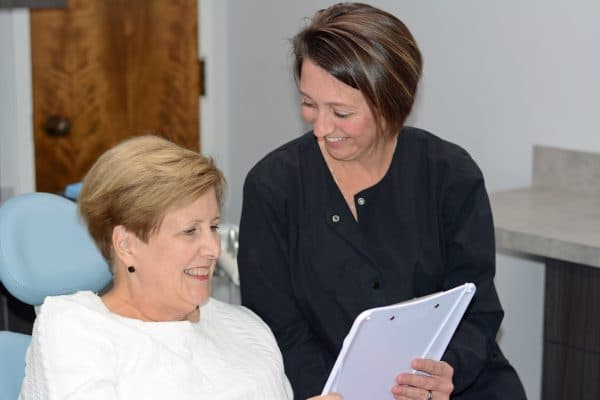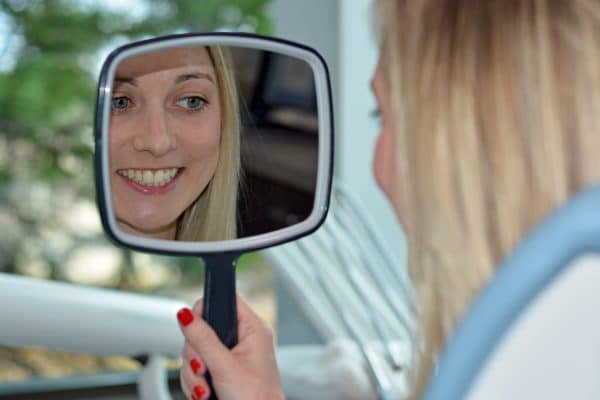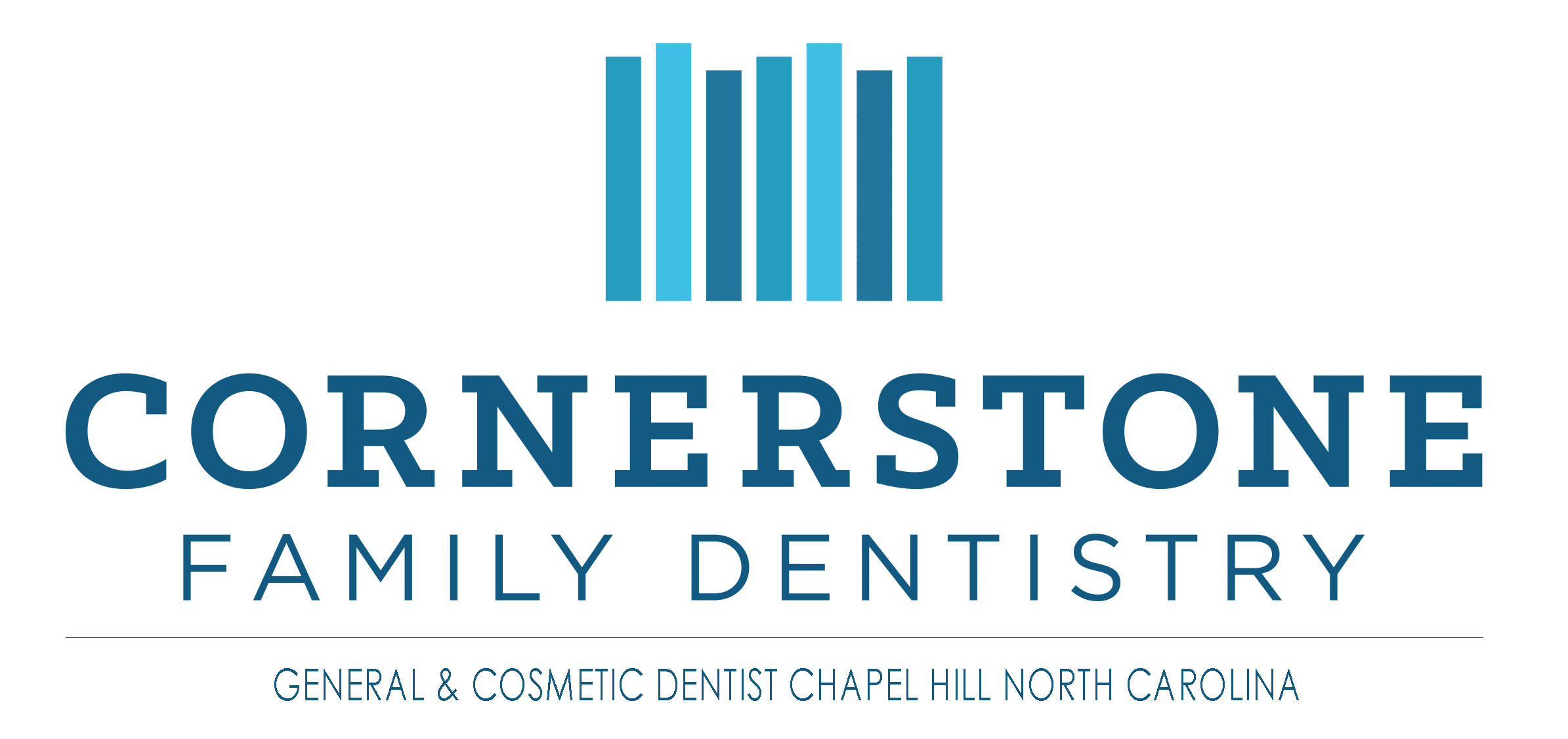Types of Braces
Modern orthodontics offer more options for braces at cornerstone family dental than have ever been offered in the past. Below is a summary of various types of braces which are available today.
Metal or Traditional Braces
Traditional Braces use the metal brackets and wires most people associate with the word "braces." Modern brackets, however, are smaller and less noticeable than braces most adults think of. In addition, new heat-activated archwires take advantage of your body heat to move the teeth more efficiently and with less pain than in the past.
These type of braces are created from a high-grade stainless steel. They have metal brackets which are attached to each tooth with a strong cement. The brackets are then linked to each other using a thin archwire. This places pressure on the teeth and slowly adjusts them into the desired position.
The archwires are connected to the brackets with tiny elastics called ligatures or o-rings. Your orthodontist will change the ligatures each time they tighten the braces. There are some types of braces which have brackets that don't require o-rings. These are called self-ligating braces.
Benefits: One of the most inexpensive solutions; colored bands give kids an opportunity to express their style and something to look forward to
Disadvantages: Most visible option
Ceramic Braces
Ceramic braces are nearly identical to traditional braces in their design, however, they use different materials. Rather than using gray or silver metal bracket, the braces use a clear or tooth-colored bracket. The wires can also be created from a transparent material which makes the braces far less noticeable.
Because ceramic braces are far less visible, they are a popular choice for adults who require orthodontic treatment. Patients who wear this types of braces occasionally notice that the elastic material becomes discolored or stained. The orthodontist may suggest that you use of a product fluoride in order to protect your teeth against cavities.
Benefits: Less noticeable than metal braces; adjust teeth more quickly than clear plastic aligners
Disadvantages: More expensive than metal braces; Brackets can stain easily if patients don’t care for them well
Lingual Braces
Lingual braces are exactly the same as traditional metal braces, however, the brackets and wires are placed on the inside of the teeth.
Benefits: Invisible from the outside of the mouth
Disadvantages: Challenging to clean; more expensive; cannot be used for severe cases; can cause added discomfort after placement; adjustments take longer to complete and are more challenging to perform than traditional braces
Damon Braces
These type of braces are one of the most popular solutions used by orthodontists because they provide a more gentle treatment option and require fewer visits to the dentist. Damon braces are self-ligating and use a slide mechanism rather than elastics to connect the archwires.
These braces produce results more quickly because the teeth can move on their own without the need for the dentist to make ongoing adjustments. This also causes less friction and pressure on the teeth, which results in less discomfort. The braces are even easier to clean. Because you don’t need to make as many trips to the dentist, the process requires less time and is also less expensive.
Invisalign
Invisalign involves a series of 18 to 30 custom-made clear plastic aligner trays. The aligners should be removed for eating, drinking and cleaning and must be replaced every two weeks. They must be worn for at least 22 hours each day. Each new aligner progresses the treatment plan to straighten and align your teeth.
Clear aligners are also recommended for ongoing use after completing an orthodontic treatment. These devices aid in maintaining results long-term.
Benefits: Nearly invisible; Patients can eat and drink anything they want; Removable for activities and special occasions
Disadvantages: Are not effective for severe dental issues; not available for children as the patient needs to be disciplined with wearing the trays; more expensive; easy to lose and expensive to replace; treatment often takes longer
Forsus
The American Association of Orthodontists encourages parents to have their children screened by an orthodontist around the age of 7 as early childhood is the optimal time for treatment. Some children require the use of Forsus appliances to properly correct an difficult overbite. These devices have largely replaced the use of headgear with braces. The Forsus appliance is a spring that is worn inside the cheeks. It attaches to the braces in order to adjust the upper or lower jaw into the desired position.
Palatal Expanders
For patients who have overcrowded teeth, two options to remedy the problem include tooth extraction or a palatal expansion. In the past, tooth extraction was the preferred solution, however, modern orthodontists recommends wearing of a palatal expander instead. This is device fits in the palate and applies pressure to the back of the upper molars to slowly move the teeth farther apart. This expands the palate and makes it possible for other types of braces to be used for the adjustment of your teeth.
More on Braces : Invisible Braces





High-Quality Dental Care
At Cornerstone Family Dentistry in Chapel Hill, all our services are performed with the patient in mind. We want you to feel comfortable in the dental chair, confident in our work, and most importantly, we want you to fall in love with your smile again. If you would like to schedule an appointment or if you have any questions about cosmetic procedures that we offer, please contact us at (919) 595-1010.
